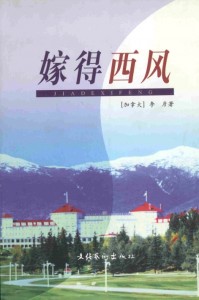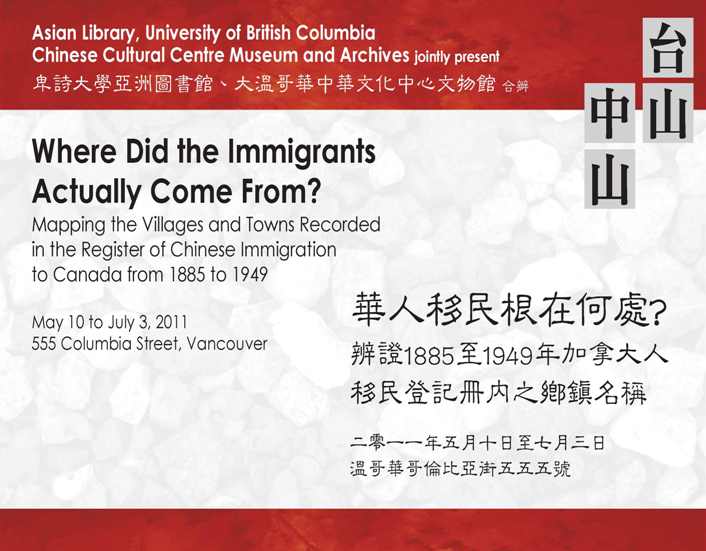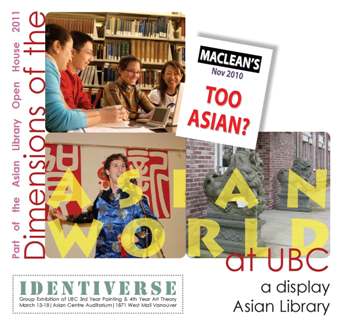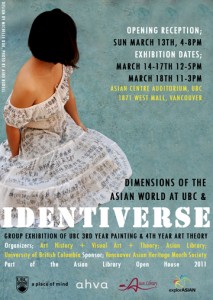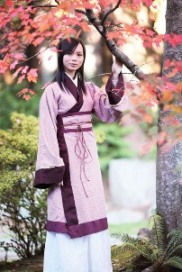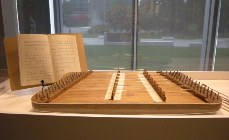The Asian Library is happy to announce that we recently received a donation of 67 Chinese titles of monographs from the Society for Chinese Canadian Literature Studies (加拿大華人文學學會). All are works written by Chinese American writers, including Huang Helang (黃河浪), Lin Tingting (林婷婷), Li Yan (李彥), Zeng Xiaowen (曾曉文)…etc . Some of them are now on display at the Asian Centre entrance. The books will be processed and available for circulating in the near future.
-
Recent Posts
Calendar
January 2026 M T W T F S S 1 2 3 4 5 6 7 8 9 10 11 12 13 14 15 16 17 18 19 20 21 22 23 24 25 26 27 28 29 30 31 Categories
- Displays (8)
- Events (8)
- News/Announcement (14)
- Ongoing projects (3)
Archives
Links
-
My Great Web page

